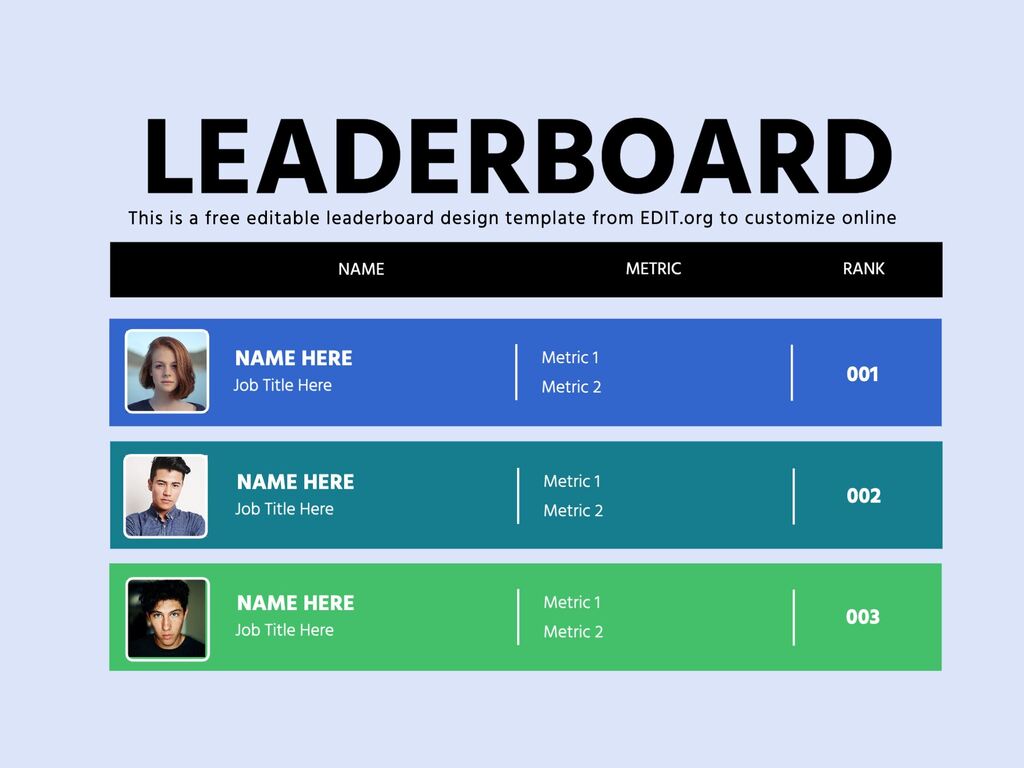

The court found the Travelers policy very difficult to read and understand. Travelers paid the $1,000,000 and refused to pay additional amounts for debris removalīecause Travelers intended for the $1,000,000 limit for flood to be the maximum limit for all loss and damage caused by flood. The insured claimed $207,961 of debris removal cost in addition to the $1,000,000 in flood damage. (the insured) sustained severe damage during Superstorm Sandy. In this case, the plaintiff Oxford Realty In 2017, the Supreme Court of New Jersey ruled on Oxford Realty Group Cedar v. In the above policy examples, one provision was found in the sub-limits and one provision was found in the limits section within the policy form itself. Inter-policy stacking provisions, intra-policy stacking provisions are not readily identifiable. fire, explosion, theft) that will not be aggregated in the limit. In the Zurich policy, the above wording is modified within the definitions of flood, earth movement and named storm to provide limited exception for ensuing perils (e.g. “If coverage is afforded under any Special Coverage or Described Cause of Loss, the applicable Limit of Liability for that Special Coverage of Described Cause of Loss is the most the Company will pay for all the loss or damage described therein even if coverage would otherwise be available under any other part of this Policy.”

Including the perils of earth movement, flood and named storm. It applies the following language for certain described causes of loss, The language states that all coverage associated with named storm – including, for example, coverage for debris removal, valuable papers, time element, looting, and sprinkler system discharge – will be included within the named storm sub-limitĪ similarly applied provision exists in the Zurich EDGE policy. “… per occurrence for the peril of Named Storm (a storm that has been declared by the National Weather Service to be a Hurricane, Typhoon, Tropical Cyclone, Tropical Storm or Tropical Depression), regardless of the number of Coverages, Locations or Perils involved (including but not limited to, all Flood, (however caused) wind, wind gusts, storm surges, tornados, cyclones, hail or rain)….” This named storm provision was found in the language regarding the named storm sub-limit: The following is an excerpt from a property policy issued with Lexington. Lexington utilizes anti-stacking provisions when it offers The policy language, application, and impact of these provisions will differ with each insurance policy. Insurance companies prefer to place a maximum limit of insurance within the policy to pay for the impact of catastrophic events such as flood, earthquake and named storms. For purposes of this article, we will explore how these provisions apply in a property insurance policy. Intra-policy anti-stacking provisions can occur in any Would be permitted to stack limits from all the applicable coverage in the policy and only pay one deductible for the entire loss – and in some situations, that is exactly what happens. In many cases, multiple coverage provisions will apply to a single loss, which may also result in multiple deductibles. When a loss occurs, insurance policies are analyzed to determine what coverage exists and in what amount.
#Progressive stack ranking how to#
This article will discuss what anti-stacking provisions are, how to identify them in a policy, and what they mean to policyholders.

When a state does not govern stacking or policy language is not clearly expressed, a court may permit stacking if stacking is not in violation of public policy. Policy will dictate if these contractual provisions are enforceable.

Policy stacking provisions are contractual provisions. However, not every policy contains anti-stacking provisions. These provisions may be designed for application to intra-policy and inter-policy loss events. Similar provisions can be designed to apply Anti-stacking, non-pyramiding, and tie-in provisions (“anti-stacking provisions”) are designed to ensure that an insurance company will not apply multiple sets of limits to a single loss event.


 0 kommentar(er)
0 kommentar(er)
